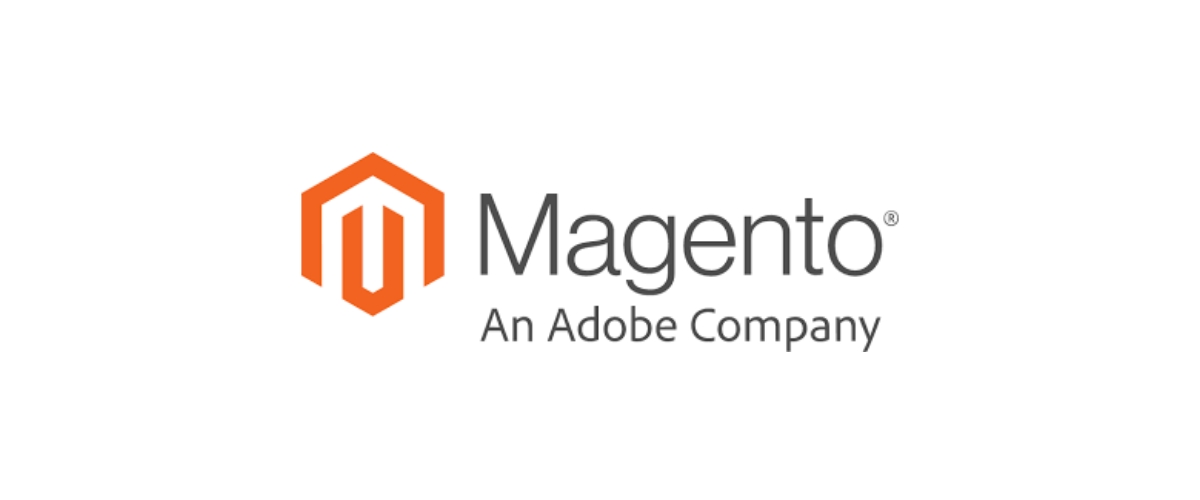It has been a good run for Magento 1 since its launch in March 2008, but all journeys must come to an end. The leading e-commerce platform will reach its end-of-life in June 2020, after over a decade of commitment to merchants worldwide. The Magento 1 platform will finally give way to its successor—the Magento 2.0—offering a new array of possibilities and unlocking the gateway towards a more efficient e-commerce experience. Let’s take a quick look at Magento 1’s humble beginnings and celebrate its journey to success.
Magento’s beginnings
Magento’s history stems from one man’s desire for innovation. Roy Rubin, a man of technology and one of the harbingers of e-commerce revolution, founded in 2001 a web development agency that will, later on, specialize in developing solutions for merchants across the globe. Varien, Inc. leveraged the power of Open Source technology and harnessed its capabilities to help business owners fulfill their goals—at a fraction of the cost and time of propriety e-commerce solutions that came before it. One such platform is the <em>OsCommerce,</em> also a propriety of Varien, which was leading in market share at the time. However, the true power of open source was inhibited by OsCommerce’s lack of flexibility and the colossal amount of money it requires for further development and polishing.
Eventually, after careful planning, Rubin and his team of seasoned e-commerce experts set about to develop a platform that would require less time to market for merchants and, most importantly, reduce the overhead costs Varien was experiencing during the development of its previous flagship product. Rubin initially explored the idea of splitting the OsCommerce platform—a move that would prove risky even for Varien itself. Strategic deliberation produced more desirable results, as Rubin and his company decided to develop their next flagship platform, Magento, from the ground up—addressing every limitation provided by the previous platform.
Varien launched the platform on 31st March 2008, under the name “Bento.” Eventually, Rubin consolidated all the legal names and trademarks under the Magento brand, changing the name of the company itself, reflecting its primary focus and ultimately establishing a single, powerful identity that will become a force to be reckoned with in the e-commerce industry. Shortly after its release, Magento started to gain the attention of merchants using different existing platforms, mainly due to its rich, out-of-the-box features designed to convince online business owners to migrate to open source technology.
Becoming a part of something ‘big’
In 2010, shortly after its brand integration, Magento made a merger with e-commerce giant eBay, the latter acquiring a 49% stake of the company before eventually purchasing the rest in February 2012. The cost of the buyout is reported to be $180 million. It turned out to be advantageous for the Magento brand, as eBay at the time also owns PayPal, Inc., one of the largest 3rd party payment providers, which was already supported by the late Varien, Inc. To further boost this integration, Magento, then owned by eBay, streamlined its payment process by launching support for multiple PayPal product offerings. This move by Magento enabled merchants to choose from a wide and flexible range of payment options that are configurable right out-of-the-box.
July 2015 witnessed another change in its corporate governance with London-based investment firm Permira Global buying out Magento and its assets from eBay—a deal made to ensure Magento’s autonomy as a company even up to this day. This marked an exciting point in Magento’s history, with it being a subsidiary of eBay further strengthening the company’s product offerings and then gaining significant capital investment from Permira. These years of experience as a technological entity culminated in the release of Magento’s finest product yet: the Magento 2.0.
Now spearheaded by chief executive officer Mark Lavelle, the new Magento operates independently of eBay, having greater control of its products and as a result, can respond to market demands faster without getting clogged up by corporate bureaucracy.
Magento’s continuing legacy
The e-commerce world was graced with the release of Magento 2.0 in November 2015. It was the platform’s biggest release since its inception in 2007 when it succeeded OsCommerce as the primary product of Varien, now also under the legal name Magento. Whilst the 2.0 is a complete reimagining of the platform, it still remains true to its principal concept of reducing the time and lowering development costs for online merchants. Magento’s second iteration of its world-renowned platform adopts a <em>true open source</em> architecture built with the needs of the modern merchant in mind. Its intuitive administration interface is fully equipped with powerful marketing, merchandising, and content management tools. This simplistic approach enables merchants to create sites that are tailored to their unique business needs. Backed by an extensive support network, Magento offers no compromise and promises the ultimate e-commerce solution.
And with Magento 1’s inevitable end already looming at the horizon, there are more reasons to celebrate than to mourn. There is still time for merchants using Magento 1.9 or older to upgrade to Magento 2.0 before the former completely expires on June 2020. Undeniably, the first generation of Magento had a <em>very</em> good run, and thanks to it we now have a whole new platform accessible to all kinds of business. With the commerce sector growing at an unprecedented rate, we’re looking forward to seeing how Magento 2.0 can replicate the success of its mighty predecessor.













Join the discussion 113 Comments